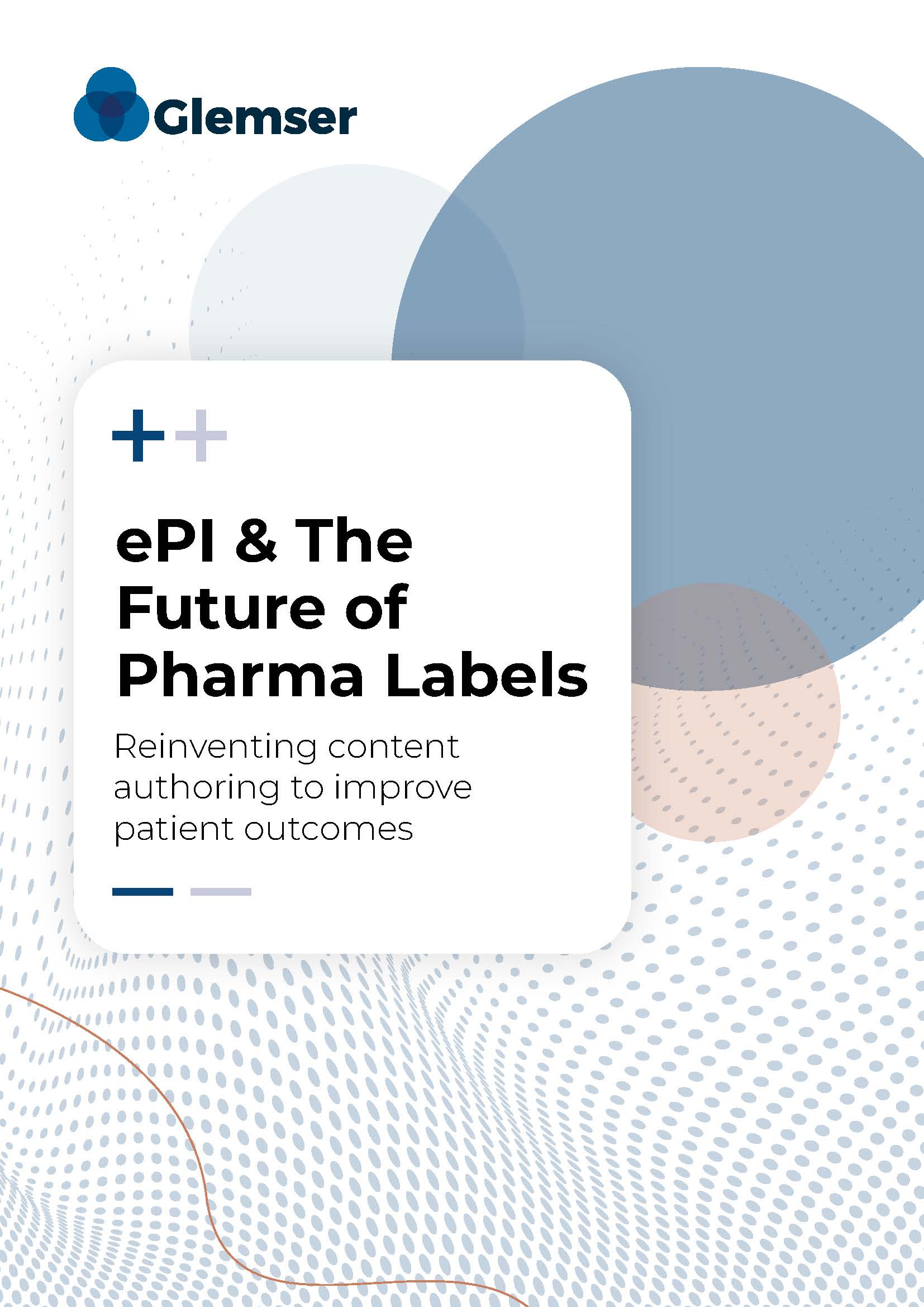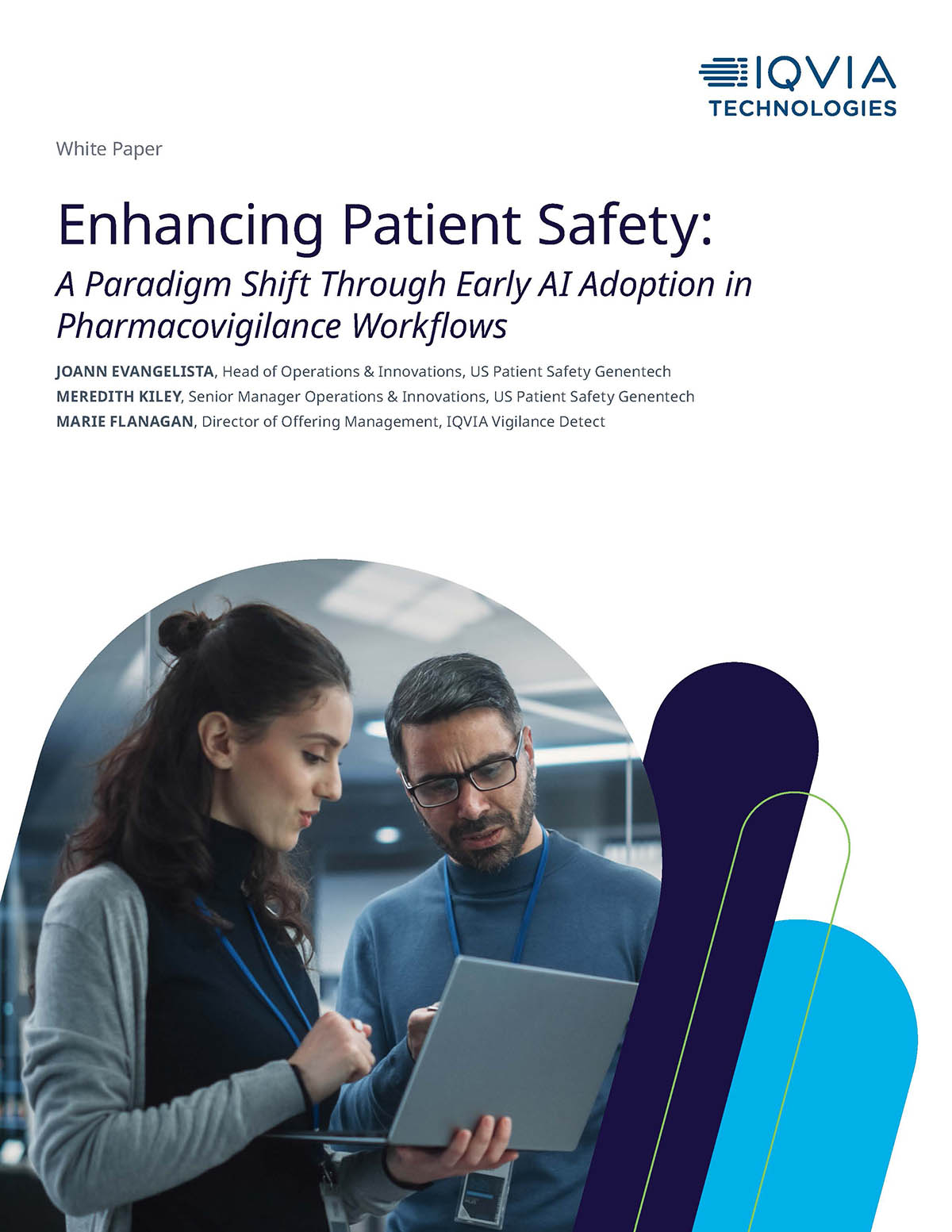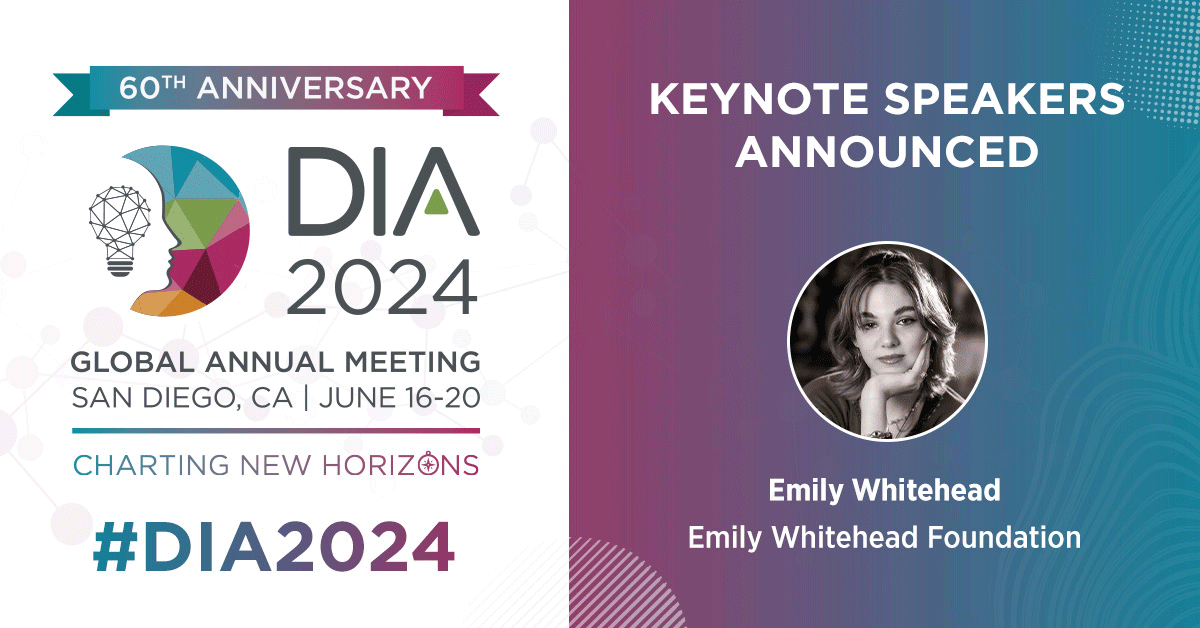
- FEATURE ARTICLES
- Issues, Ideas and Initiatives: Proposals from the DIA/Harvard-MIT CRS Cell and Gene Therapy Executive Roundtable
- A Platform Approach to mRNA Product Development and Regulation: Necessary and Feasible Now
- The FDA sIRB Power Shift and Its Impact on Clinical Research Efficiency
- Digitizing Protocol Design and Deploying AI to Save Hundreds (of Hours) and Millions (of Dollars)
- Good Publications Practice in the Workplace
GPP 2022, Professional Engagement, and Artificial Intelligence in Publications Practice
- SPECIAL SECTION: Identification of Medicinal Products (IDMP)
- Part 1: What is Identification of Medicinal Products and Why Does It Matter?
- Part 2: Identification of Medicinal Products and Drug Shortages: A Use Case
- Part 3: IDMP and Pharmacovigilance: A Use Case
- MEETING HIGHLIGHTS
- DIA Europe 2024 Latin America Town Hall
Collaborative Efforts and Regulatory Harmonization: Progress and Challenges in Latin America
- AROUND THE GLOBE
- Korea Regulatory Science Center Signs MoU for Exchange and Cooperation with DIA
- DIA 60th ANNIVERSARY
- Executive, Editor, and Essential: Remembering Thomas W. Teal
- WE ARE DIA
- DIA Congratulates EMEA 2024 Regional Inspire Award Winners
- WHITE PAPERS
- Glemser: ePI & the Future of Pharma Labels: Reinventing Content Authoring to Improve Patient Outcomes
- IQVIA: Enhancing Patient Safety: A Paradigm Shift Through Early AI Adoption in Pharmacovigilance Workflows
- EXECUTIVE LEADERSHIP
- Editorial Board
Subscribe
Love Global Forum’s new online format? Subscribe today and never miss an issue.
Editorial Board
Content stream editors
Gary Kelloff US National Institutes of Health
Ilan Kirsch Adaptive Biotechnologies Corp.
regulatory science
Isaac Rodriguez-Chavez 4Biosolutions Consulting
Patient engagement
Natasha Ratcliffe Patient Engagement Specialist
Thomas Smith Independent Patient Consultant
Data and Digital
Lisa Barbadora Barbadora Ink
VALUE AND ACCESS
Wyatt Gotbetter Parexel
Editorial Staff
Sandra Blumenrath, Managing Editor, Scientific Publications DIA Scientific Communications
Chris M. Slawecki, Managing Editor, Global Forum DIA Scientific Communications
Linda Felaco, Copy Editor and Proofreader
Regional Editors
David Mukanga Bill and Melinda Gates Foundation
ASEAN
Jin Shun Belief BioMed
AUSTRALIA/NEW ZEALAND
Richard Day University of New South Wales, Medicine, St. Vincent’s Hospital
CHINA
Ling Su Shenyang Pharmaceutical University, Lilly Asia Ventures
INDIA
J. Vijay Venkatraman Oviya MedSafe
JAPAN
Toshiyoshi Tominaga Keio University Hospital, Clinical and Translational Research Center
LATIN AMERICA
Cammilla Gomes Roche
US
Ebony Dashiell-Aje BioMarin
DIA Membership
Bringing together stakeholders for the betterment of global health care.
USP
Sanofi
Spark Therapeutics
Carisma Therapeutics
DIA
Chenghong Wei
Yao-Yao Zhu
AstraZeneca
Nicole Verdun
FDA
UCB
Bristol Myers Squibb
AbbVie
s of May 2024, there are 36 US-approved cellular and gene therapy products. These products offer unprecedented solutions for diseases where traditional approaches fall short. However, groundbreaking innovations like cell and gene therapies bring unique challenges in their development and commercialization. During a presentation at the DIA/Harvard-MIT Center for Regulatory Science (CRS) Executive Roundtable in January 2024, Director of the FDA Center for Biologics Evaluation and Research (CBER) Peter Marks emphasized that addressing challenges in manufacturing, clinical development timelines, and different global regulatory requirements for these products is one of the center’s main goals in the year ahead: “CBER aims to make 2024 a breakout year addressing key challenges to the development of cell and gene therapies, especially for rare disorders,” Marks said.
RNA-lipid nanoparticle (LNP) products form a platform technology because the development process is very similar for products for different diseases and conditions. Clarifying the data required for regulatory submissions is critical to provide a predictable development pathway. Benefits will include reduced development and regulatory costs, faster consumer access, and more nimble development of products for pandemics, rare diseases, and cancers where alternatives may not exist.
Advarra
ingle institutional review board (sIRB) review for multisite or cooperative clinical trials in the United States has had a long, twisty history and is expected to take another turn by the end of the year. Industry sponsors and contract research organizations (CROs) may be aware of the anticipated FDA sIRB mandate, but many don’t fully appreciate its seismic impact.
ESPERO Health
wapping digital for paper has proven to be the springboard for operational transformation across dozens of industries from financial services to manufacturing. Yet protocol design—the building block for clinical research—remains rooted in paper, belaboring an already long, slow process.
Paper-based protocol design is not only inefficient but also vulnerable to error, leading to delays, protocol deviations, and potentially trial failure altogether. Considering, for example, that the median revenue of oncology drugs is about $1.6 billion (with the median cost to develop oncology drugs at $648 million), there’s a lot at stake. And not just money: poor protocol design can delay the delivery of life-altering medicines. Unfortunately, it has been difficult to digitize clinical trial protocols due to a lack of standardization, document variability, and significant increase in trial complexity.
GPP 2022, Professional Engagement, and Artificial Intelligence in Publications Practice
Hofstra University
AstraZeneca
Jacobson Medical Writing, Inc.
he current iteration of Good Publication Practice (GPP) Guidelines for Company-Sponsored Research was published in Annals of Internal Medicine in late summer 2022. These guidelines included important new topics previously reviewed in Global Forum, such as working with patients and helping to establish scientific and medical publications as a key function not just within clinical research but across the scientific endeavor of biomedical research in company-sponsored settings.
White Paper
White Paper
Olof Lagerlund
Julia Nyman
WHO-UMC
Ta-Jen Chen
US FDA
Isabel Chicharo
EMA
Boehringer Ingelheim
egulatory oversight of medicinal products entails both challenges and opportunities for regulatory authorities, including the fact that today much information about medical products is in electronic form. Electronic information translates into vast quantities of medicinal product and regulatory data, not all of which are uniform in structure, format, and content across jurisdictions. The unambiguous global identification of medicinal products is needed to achieve common international public health goals in areas such as pharmacovigilance, medicinal product track and trace, and to support other international initiatives, such as pharmaceutical quality.
Norman Schmuff
US FDA
EMA
Marilina Castellano
WHO-UMC
he IDMP standards developed by the International Organization for Standardization (ISO) provide an international framework to uniquely identify and describe medicinal products with consistent documentation and terminologies, as well as to facilitate the exchange of product information between global regulators, manufacturers, suppliers, and distributors. When fully implemented globally, the standards will facilitate the unique identification of medicinal products in the context of pharmacovigilance, drug shortages, and the safety of medications (and patients who take them) throughout the world.
Sonja Brajovic
US FDA
EMA
Marilina Castellano
WHO-UMC
dentification of Medicinal Products (IDMP) standards developed by the International Organization for Standardization (ISO) provides an international framework to uniquely identify and describe medicinal products with consistent documentation and terminologies, as well as to facilitate the exchange of product information between global regulators, manufacturers, suppliers, and distributors. When fully implemented globally, the standards will facilitate the unique identification of medicinal products in the context of pharmacovigilance, drug shortages, and the safety of medications (and patients who take them) throughout the world.
White Paper
White Paper
MSD
or the second consecutive year, DIA Europe hosted a Latin America Town Hall, a panel discussion to foster collaboration and share updates from regulatory activities in Latin America and Europe, and the intersections between them.
n April 2024, the Korea Regulatory Science Center signed a Memorandum of Understanding (MoU) with DIA. Through this MoU, the two organizations will jointly plan and conduct regulatory science network-based events, including meetings and workshops; jointly plan and conduct regulatory science educational programs as well as training courses; and exchange information plus collaborate on creating a forum for discussion of the latest regulatory and technology trends in the biopharmaceutical, device and diagnostic, healthcare, and life sciences industries.
n 1964, the Drug Information Association (DIA) was founded by a group of 30 pharmaceutical professionals, medical writers, and academicians who saw the need to facilitate communications and collaboration among professionals engaged in drug development, medical communications, and health information. (Read Six Decades of Impact: DIA’s Global Journey for a more detailed historical overview.) Tom Teal was the driving force behind DIA for many of the early years and beyond.
Our 2024 EMEA Regional Inspire Award Winners

Marco Greco
European Patients’ Forum (EPF)

Magda Chlebus
EFPIA

Rodrigo Palacios
Roche

Ronnie Mundair
Pfizer

Wija Oortwijn
HTAi & Radboud University Medical Centre

Amira Younes
MSD







